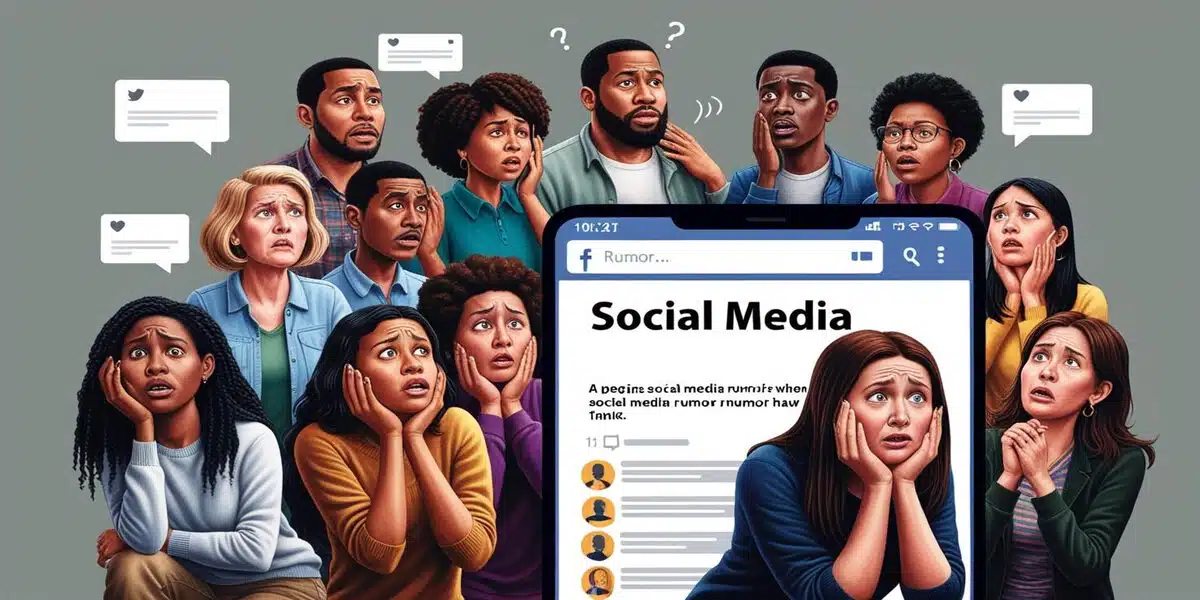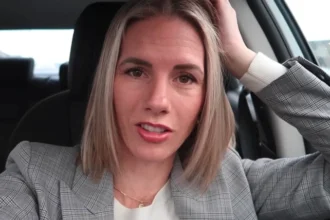Social media is a big part of our modern lifestyle, providing unrivaled networking. It is a powerful tool, but its dark side is a hotbed of rumors. As rumors are pieces of unverified information, most of the time, they can create a lot of trouble for an individual, community, or society in general, and they travel very fast through social media platform accounts. In this article, we review the role of social media is spreading rumors, what drives this behavior, and its implications.
How Social Media Helps Spreading Rumors
Social media platforms such as Facebook, Twitter, and Instagram have a number of features which make them ideally suited to carrying rumors:
- Widespread Presence and Reach: Billions of users are globally connected to social media platforms. One tweet or post can spread to millions in a matter of minutes, which is why they are ideal platforms to disseminate information.
- Amplification: Social media algorithms are wired to amplify content that receives higher levels of engagement. Such sensational or provocative content, which often is a rumor, can be more visible and spread more easily.
- Failure to Verify: Many users spread information without verifying its veracity. Because if the speed of social sharing, rumors can spread like wildfire, which make things worse.
- Anonymity: Social media can offer a degree of anonymity to users, which may make it easier for people to spread rumors with no accountability. The anonymity of social media can make some users more willing to spread misinformation that they would never share face-to-face.
- Confirmation Bias: Once a rumor begins spreading, it sets up a snowball effect, whereby more and more people believe in it only because a general consensus has begun to spread. This shared conviction can lend credence to such a rumor beyond what is due.

Examples of Spreading Rumors in Social Media
Social media has helped to propagate different kinds of rumors like:
- Celebrity Death Hoaxes: News of a celebrity, be it Justin Bieber or Taylor Swift, dying has gone viral on social media from time to time. These types of hoaxes can create panic and sadness in fans.
- Chain Mail Rumors: Chain mail used to be email related, but now we see them on Facebook. They typically imply a reward or refer to an urgent situation like a missing child or an animal being abused. Such cases are often false.
- Presidential Rumors: False claims about political figures, including conspiracy theories and hoaxes surrounding presidential candidates or presidents, have made their way around social media.
- Health misinformation: The COVID-19 pandemic triggered a huge amount of health misinformation on social media related to the virus and the public panic it caused.
Impact of Social Media Rumors
The stakes can be high when rumors spread on social media:
- Dismantling Trust: Rumors can erode the public trust in institutions and sources of information. This is especially dangerous in health emergencies and can mislead society into not adhering to health regulations.
- Psychological Harm: The psychological harm of rumors can be devastating and include anxiety, depression, and low self-esteem. It can foster a toxic culture, making way for more mental health issues.
- Reputation Damage: Spreading rumors can permanently harm the reputation of an individual or organization, leading to distrust and, ultimately, exclusion. It can affect personal relationships, job prospects, and social life.
- Economic Impact: Whilst rumors can upset markets and destabilize businesses, the most damaging consequence comes in the form of rapid and often irrevocable damage to reputation. This may result in the possibility of losing capital and a crisis of the economy.
- Manipulation of Politics: The power of misinformation affects how we view the world and influences election votes, which highly undermines democracy.

Fighting The Rumors and Their Spread
In order to tackle the issues related to spreading rumors on social media, some strategies can be used.
- Digital Literacy: Boosting digital literacy would enable users to differentiate between genuine information and fake news. This would include teaching people how to critically assess online material.
- Technological Solutions: Technological solutions like fact-checking tools and algorithms prioritizing confirmed data can help reduce fake news.
- Regulatory actions: Policymakers and regulatory authorities can develop and implement regulations that hold social media companies accountable for the proliferation of false information. This could be laws obligating platforms to take down disinformation quickly.
- Cultural Shift: Promoting a cultural shift that prioritizes truth, transparency, and the wellness of billions of people. This includes encouraging responsible sharing behaviors and discouraging sharing of information that has not been verified.
- User Engagement: It sometimes helps to encourage users to think twice before they share information. Confirmation clicks, or nudges that encourage users to reflect on the consequences of sharing misinformation are helpful.
Conclusion
The role of social media in spreading rumors is complex and far-reaching. Although these platforms provide various advantages, their potential for spreading misinformation presents serious difficulties. It is important to understand what drives the spread of rumors and devise measures to counter misinformation to make the Internet more peaceful and safer for all.
Before you go, check these celebrity-inspired outfit ideas for festivals. Also, follow us on Facebook and on Twitter for more celebrity news.
Sources:
- www.fastercapital.com/topics/the-role-of-social-media-in-spreading-rumors.html
- www.pmc.ncbi.nlm.nih.gov/articles/PMC9136086/
- www.cmu.edu/tepper/news/stories/2024/march/disinformation-wars-combat-strategies-social-media.html
All images are AI generated with canva.com











